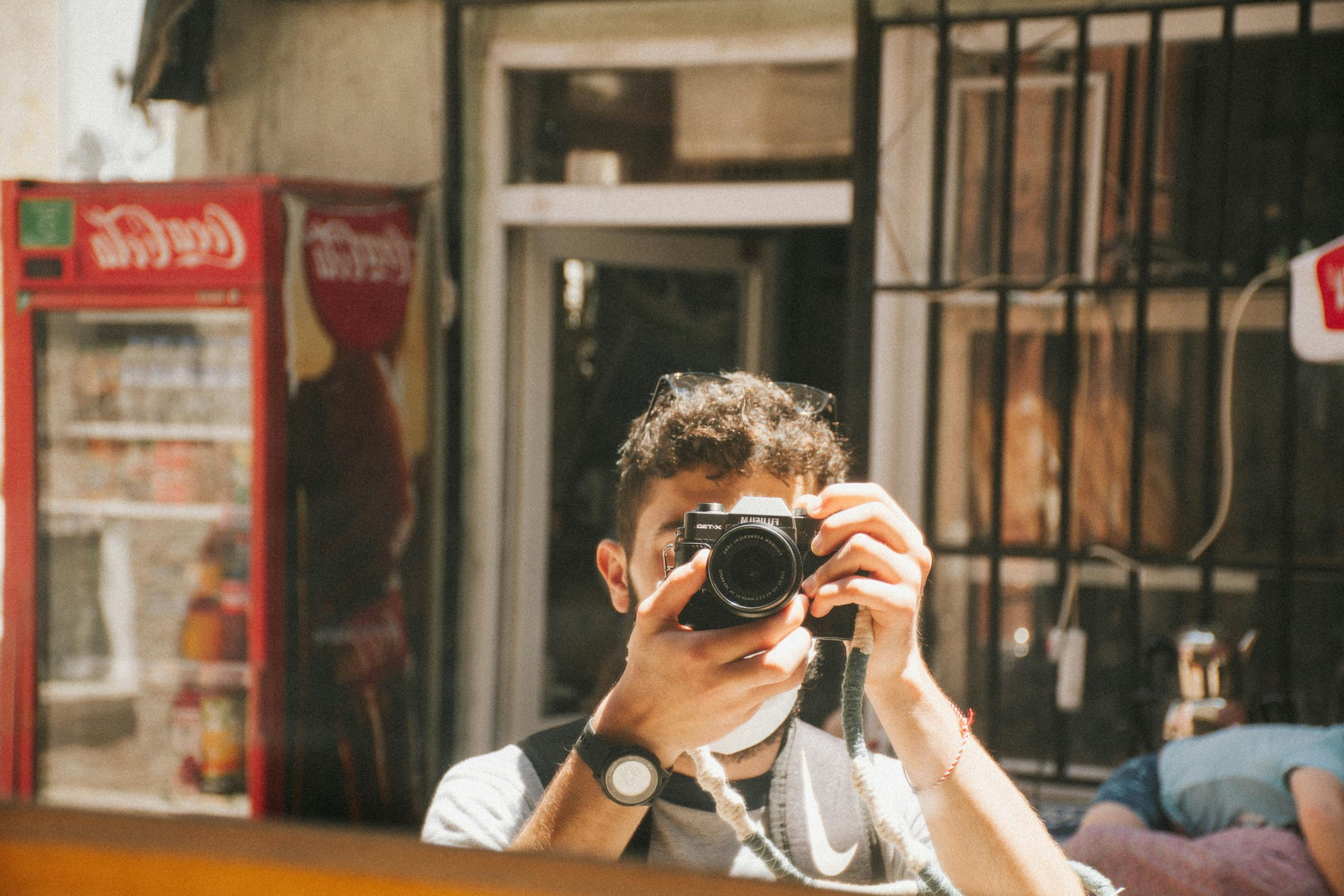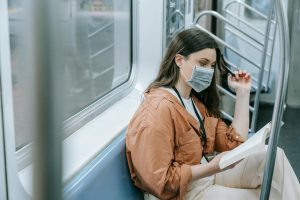Unleashing Your Inner Travel Photographer: Professional Techniques Revealed
As a travel photographer, the world is your canvas. You get to immortalize the breathtaking landscapes, the bustling cities, the vibrant cultures, and the diverse faces you come across on your journeys. A click of a button captures a moment in time, forever preserving the beauty and uniqueness of a place. But being a successful travel photographer requires more than just a love for traveling and a good eye for photography. It takes skill, knowledge, and a deep understanding of the craft. In this article, we will reveal the secrets to unleashing your inner travel photographer and taking your photography to a professional level.
The Basics of Travel Photography
Before diving into techniques and tips, it is important to have a good understanding of the fundamentals of travel photography. First and foremost, it is essential to have quality photography equipment. This includes a DSLR camera, a couple of good lenses, a tripod, and other accessories such as filters and extra memory cards. Next, you need to have a strong understanding of composition, lighting, and camera settings. These are the building blocks to creating visually appealing and captivating photographs.
Composition
Composition is the arrangement of elements within a photograph. It is what makes a photo pleasing to the eye and draws the viewer in. When taking travel photos, it is important to have a focal point, something that will be the main subject of your photo. This can be a building, a person, a landscape, or anything that captures your attention. Once you have your focal point, use the rule of thirds to place it off-center for a more balanced and interesting composition. Experiment with different angles and perspectives to create unique and creative shots.
Lighting
Light is a crucial element in photography. It can make or break a photo, especially in travel photography where you don’t always have control over the lighting conditions. The best time to take photos is during the golden hour, which is the hour after sunrise and the hour before sunset. The light is softer and warmer during these times, making for more striking and atmospheric photos. If you must take photos during midday when the light is harsh, use a diffuser or reflector to soften the light and avoid harsh shadows.
Camera Settings
Understanding your camera and its settings is essential to taking great photos. The three main settings to focus on are aperture, shutter speed, and ISO. Aperture dictates the depth of field in your photo, meaning how much of your photo is in focus. A wider aperture (lower number) will have a shallow depth of field, while a smaller aperture (higher number) will have a larger depth of field. Shutter speed controls the amount of time the shutter is open, and a faster shutter speed is needed to freeze motion, while a slower shutter speed creates a sense of motion. ISO affects the sensitivity of the camera sensor to light, with a higher ISO being more sensitive and useful in low light situations.
Techniques for Professional Travel Photography
Now that you have a good foundation in the basics of travel photography, let’s dive into some techniques that will take your photos to the next level.
Get Up Close and Personal
Wide-angle shots of landscapes and cities are great, but getting up close and personal with your subject can result in some amazing and unique shots. Take a step back and capture the details of a subject, or get close and fill the frame with your subject to create a more intimate and powerful photo.
Include People in Your Photos
People can add a whole new dimension to your travel photos. They can create a sense of scale and add a human element to your shots. Try capturing candid moments or ask for permission to take portraits. Remember to always be respectful and mindful of cultural and social norms when taking photos of people.
Play with Reflections
Reflections can add an interesting and unique element to your photos. They can be found in windows, puddles, and bodies of water. Use them to create symmetry or add depth to your photos.
Use Low Aperture for Blurry Backgrounds
If you want to draw attention to your subject, use a low aperture (wide aperture). This will result in a blurry background, creating separation between your subject and the background, making it stand out more.
Utilize Negative Space
Negative space is the empty space around your subject. Using negative space in your photos can create a sense of simplicity and minimalism, making for eye-catching and powerful shots.
Take Your Time and Be Patient
Travel photography requires patience and time. Taking the time to scout for the perfect location, waiting for the right light and composition, and taking multiple shots from different angles will result in better and more unique photos. Don’t rush through your shots, take your time and be deliberate in your approach.
Post-Processing for Professional Results
Post-processing is just as important as taking the photo itself. It allows you to enhance the colors and details of your photos and create your own personal style. Lightroom and Photoshop are two popular and powerful editing tools used by professional photographers. Experiment with different editing techniques and find what works best for you.
Conclusion
Becoming a professional travel photographer takes time, practice, and a willingness to learn and improve. By understanding the basics of photography, incorporating different techniques, and being patient and intentional in your approach, you can unleash your inner travel photographer and capture stunning and captivating photos that will inspire and evoke emotions in viewers for years to come.











